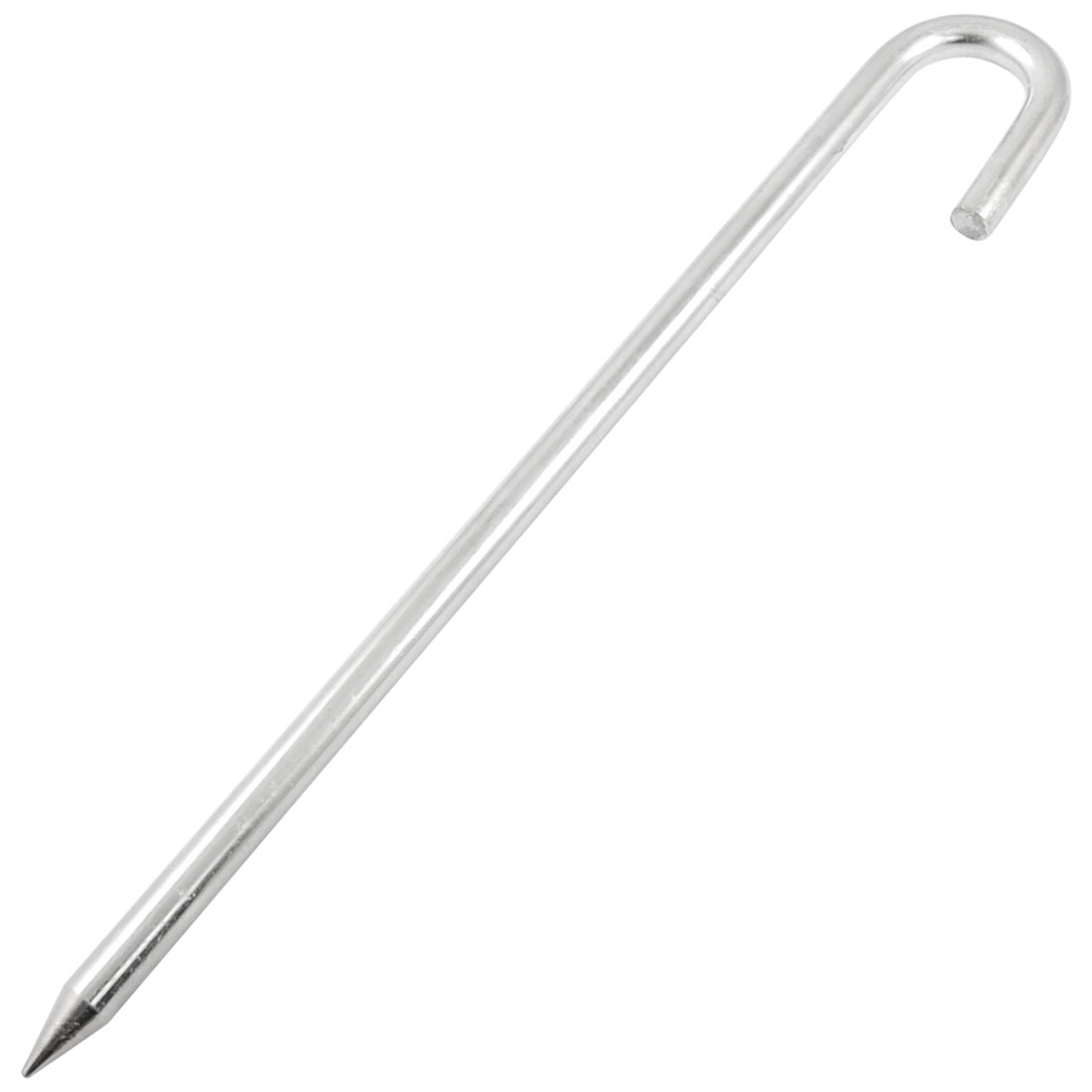
- Mobile Phone
- +8613931874955
- sales@cntcmetal.com
welded wire fabric reinforcement sizes
Understanding Welded Wire Fabric Reinforcement Sizes
Welded wire fabric (WWF) is an essential component in modern construction and civil engineering. It is made from pre-manufactured grids of steel wires that are welded at their intersections. This fabrication method not only enhances the strength and durability of the material but also allows for efficient installation in various construction applications. An understanding of the sizes and specifications of welded wire fabric reinforcement is critical for ensuring structural integrity and compliance with engineering standards.
Welded wire fabric is available in a range of sizes, typically defined by the gauge of the wire, the spacing between the wires, and the overall dimensions of the sheets or rolls. The wire gauge is a crucial factor as it determines the tensile strength and load-bearing capacity of the fabric. Common wire gauges for WWF range from 8 to 16, with lower numbers indicating thicker, stronger wires. The choice of gauge depends on the requirements of the specific project, including factors like load conditions, environmental factors, and the type of structure being reinforced.
The spacing of the wires in welded wire fabric is equally important. The spacing is measured from the center of one wire to the center of the adjacent wire, and it can vary from inches to centimeters based on project specifications. Common spacings include 6 inches, 8 inches, and 12 inches. A tighter spacing might be required for high-load areas, while wider spacing may be sufficient for lighter applications. The selection of wire spacing can influence the overall performance of the concrete structure, affecting factors such as crack resistance and load distribution.
welded wire fabric reinforcement sizes

In addition to wire gauge and spacing, the overall size of the welded wire fabric panels or rolls must be considered. WWF is available in standard sheet sizes, typically 4x8 feet or 5x10 feet, but custom sizes can be manufactured to meet specific project requirements. The size of the fabric needed depends on the dimensions of the area being reinforced, as well as considerations related to transport, handling, and placement during construction.
When specifying welded wire fabric reinforcement, engineers must also consider the type of concrete being poured and the intended application. For instance, slabs on grade, pavements, and precast elements all may require different configurations of welded wire fabric. Understanding the load requirements, potential stress points, and environmental conditions can significantly impact the choice of reinforcement.
Various standards and specifications govern the use of welded wire fabric, such as those put forth by the American Concrete Institute (ACI) and the ASTM International. These organizations provide guidelines on the permissible uses, installation methods, and performance characteristics of welded wire fabric, helping to ensure that it meets the necessary safety and quality standards.
In summary, the selection of welded wire fabric reinforcement sizes is a critical aspect of construction and structural design. Factors such as wire gauge, spacing, panel size, and compliance with standards play a significant role in determining the effectiveness of the reinforcement. By carefully evaluating these variables, engineers and contractors can ensure that their projects achieve the desired strength, durability, and longevity. Understanding the intricacies of WWF sizing not only facilitates better design decisions but also contributes to the overall safety and performance of concrete structures.
share:
-
Creative Ways to Decorate Your Tomato CageNewsAug.22,2025
-
Common Mistakes When Installing Brick Wall TiesNewsAug.22,2025
-
Customizing Conical Springs for Aerospace ApplicationsNewsAug.22,2025
-
Galvanized Tie Wire for Binding PipesNewsAug.22,2025
-
Environmental Impact of Using Snake Spacers in PlumbingNewsAug.22,2025
-
Sacrificial Formwork Systems for Complex StructuresNewsAug.22,2025
-
Wall Ties for Concrete: Invisible Guardians of Building Structural StabilityNewsAug.08,2025
